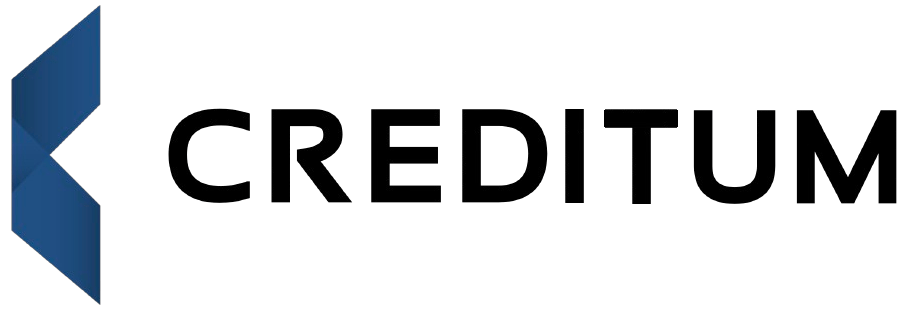Fixed-rate Loans
- No impact on your credit score when
you compare - Get offers in seconds
- Loan offers are non-binding

In South Africa, fixed-rate loans offer a sense of financial stability as they allow borrowers to pay a predetermined interest rate over the entire term of the loan. This means that no matter how the market interests sway, your repayments remain constant. Such a feature is especially beneficial in times of economic uncertainty, as you know exactly what to expect every month. Choosing a fixed-rate loan could be advantageous for budgeting and helps protect you from unexpected interest hikes.
Benefits of fixed-rate loans
Fixed-rate loans offer stability and predictability in your financial planning. With these loans, your interest rate stays constant throughout the term. This means your monthly repayments remain the same, making budgeting easier. You won’t be caught off guard by sudden rate hikes, allowing you to plan your finances without surprises. This can be particularly beneficial in an environment where interest rates are volatile.
Another advantage is the certainty it provides. Knowing exactly how much you’ll pay monthly and over the loan’s life brings peace of mind. This predictability is crucial for individuals and businesses needing to manage long-term finances. Making fixed payments can help in maintaining a solid financial footing, especially for those who prefer consistency in their economic commitments.
How fixed-rate loans work
Fixed-rate loans offer a predictable way to manage debt by keeping the interest rate stable throughout the loan’s duration. This stability can be especially advantageous in uncertain economic climates, as it shields borrowers from fluctuating interest rates. Over the lifetime of the loan, the monthly repayments remain consistent, aiding in personal budgeting.
- Fixed-rate loans come with predetermined interest rates that do not change.
- Monthly payments are the same from start to finish.
- Offers financial security against rising interest rates in the future.
With fixed-rate loans, it’s important to consider that the initial rate may be higher compared to variable-rate options. However, this trade-off is often acceptable given the certainty in repayment amounts. It’s a popular choice for those looking to avoid surprises in their financial planning.
Comparison with variable-rate loans
Fixed-rate loans offer more stability and predictability compared to their variable-rate counterparts. With a fixed-rate loan, the interest rate remains constant throughout the term, allowing borrowers to forecast their monthly payments without surprises. This can be particularly reassuring in a fluctuating interest rate environment, as you’re shielded from potential increases that could affect your budget.
In contrast, variable-rate loans are tied to market interest rates, meaning repayments can vary over time. While there’s a chance to benefit from lower payments if rates decrease, there’s also the risk of higher costs if rates spike. For those who prefer to plan long-term with assured payment amounts, fixed-rate loans may present a more secure option.
Factors to consider before applying
Fixed-rate loans offer the advantage of a stable interest rate throughout the loan term. However, before applying, evaluate your financial stability. Ensure you have a steady income to manage monthly payments without strain. Assess your budget to accommodate any unforeseen expenses.
Another factor is the loan term. Short-term loans generally come with higher monthly payments but less total interest. Long-term loans offer lower monthly installments, but you end up paying more interest over time. Choose one that fits your financial goals.
Common myths about fixed-rate loans
Fixed-rate loans are surrounded by many misconceptions. Some believe they are inflexible and costly, while others think they are unnecessarily complicated. Here, we clear up some of these myths:
- Fixed-rate loans are always more expensive: Many assume these loans cost more due to their stable rates. While it’s true the rates might be higher initially, the long-term benefit of consistent payments can outweigh potential savings lost with variable rates.
- Fixed-rate loans don’t allow early repayment: It’s a common belief that one can’t pay off these loans early. However, while some loans may include an early repayment fee, many do not, allowing borrowers the flexibility to clear debts sooner if finances allow.
- Everyone’s better off with a fixed-rate: A controversial point indeed, as not everyone benefits from the stability offered. For those who can handle risk and variability in interest rates, variable loans might be a better fit.
Understanding these myths helps in making informed decisions, weighing both the pros and cons of fixed-rate loans.
Selecting the right fixed-rate loan
When considering fixed-rate loans, the loan size plays a crucial role in your decision-making. Smaller loans might offer more flexibility with repayment terms and interest rates. However, they might also come with higher fees relative to the loan amount. For larger loans, securing a lower interest rate is often possible, but commitment to longer repayment terms is required, which could impact your financial stability.
Choosing the right loan also depends on your financial goals. If you plan to pay off the loan quickly, a higher monthly repayment with a shorter term might work best. Conversely, if you need manageable payments over a longer period, opting for a longer-term loan makes sense. Weigh the benefits of the interest rate against these factors to find the most suitable option for your needs.
Steps to apply for a fixed-rate loan
Applying for a fixed-rate loan in South Africa involves a few straightforward steps. First, evaluate your financial situation and determine how much you wish to borrow. It’s crucial to assess your monthly income and expenses to ensure you can handle the repayments. Once you’ve got a clear understanding, prepare necessary documents like ID, proof of income, and bank statements to verify your financial standing.
Next, research various lenders to compare their fixed-rate loan offerings. Look for options with competitive interest rates and flexible terms that suit your needs. After you find a suitable lender, fill out their application form, either online or in-person. Pay attention to the details and provide accurate information to avoid delays in processing. Finally, submit your application and wait for approval. If everything is in order, you’ll receive an offer outlining the terms. Carefully review this document before accepting, ensuring it aligns with your financial goals.
